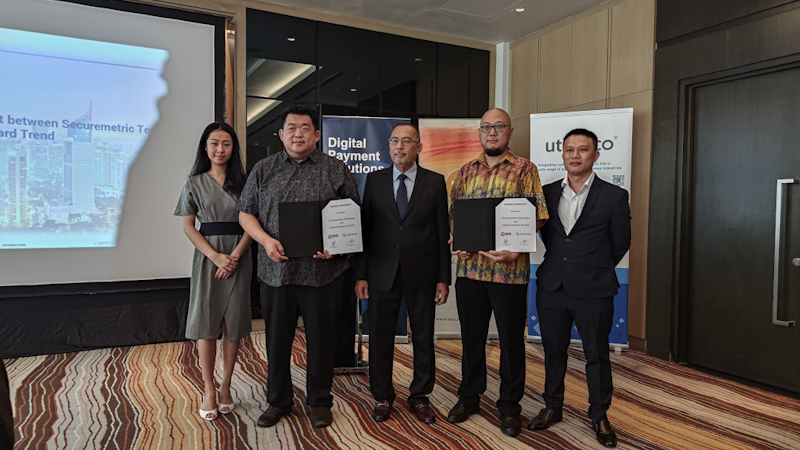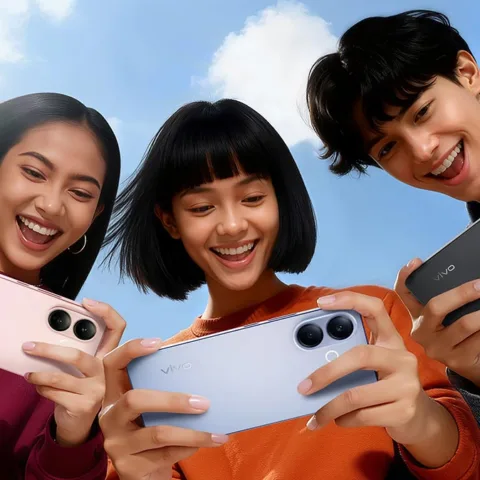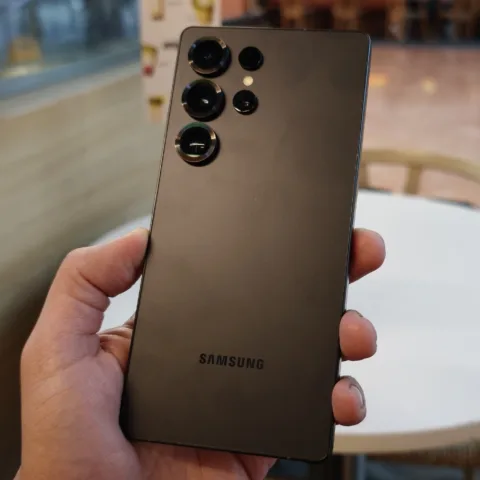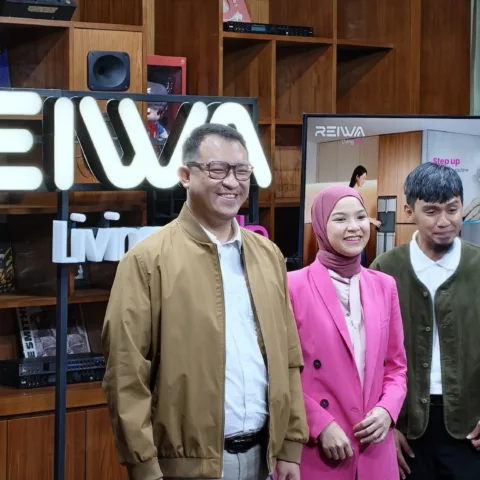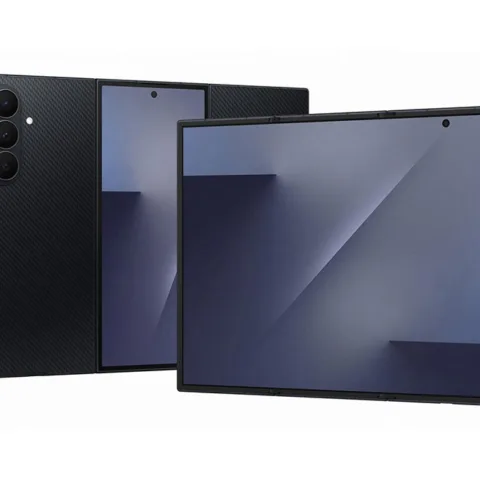Advertising powers most of the web and as the world turns towards mobile interaction and activities, so must the advertising industry. The days of placing banner ads and counting impressions or click throughs are being left behind by new interaction and business models that are far more direct in measuring consumer responses and therefore return on investment.
Consumers don’t hate advertising per se, they hate the irrelevance and ill-placements of ads. Advertising can appeal strongly to consumers and capture a mind share but only when done correctly. If people hate advertising, they wouldn’t love watching the winning ads of the Cannes Lions awards which often are jaw dropping, entertaining, touching, or just downright amazing.
If people hate advertising, they wouldn’t be watching the ads for Volvo trucks that often feature death-defying stunts or praise Oreo for its ingenuity in taking advantage of the blackout during the NFL Super Bowl this year. Oreo itself wouldn’t have over 200,000 followers on its Twitter account which puts out nearly nothing but ads and branding if people hate ads. The Super Bowl has become an advertising showcase as much as it is an American Football event, maybe even more.
Unfamiliar medium
Within the mobile environment, banner ads are among the least effective ways to advertise because people interact and respond differently compared to the desktop computing environment and they are trained to ignore banner ads. Mobile devices on the other hand are far more personal, far more interactive, they serve a wider range of purposes, and as a result, present more ways for brands to reach out and in return, receive responses.
Successful advertising on mobile devices can’t just be about content and target audience, it needs to also be about location and timing. The context has to be relevant. There may be a perception that creating an effective mobile ad would be more complex, costly, and require more involvement, all of which pose as barriers to advertisers, but this may well be due to the unfamiliarity with the platform. Once advertisers understand the mobile environment, the process to approach the audience shouldn’t be too different.
According to the research by Yahoo and Mindshare, Indonesian advertisers only spent a mere six percent of digital ad spend on mobile this past year, compared to the 12 percent spent across Asia Pacific. Mobile is still a new frontier for most advertisers and therefore remain an afterthought during a campaign. This again is primarily due to unfamiliarity with the medium.
Resistant to change
One of the biggest resistance against digital and mobile advertising, according to Deepika Nikhilender, Leader, Business Planning at Mindshare Asia Pacific, is the comfort zone that most advertisers have with traditional media.
Despite the rapid adoption of mobile devices, brand owners still prefer to go with radio, TV and print, partly due to the massive viewer and readership numbers but mostly due to the fact that these are what they have been dealing with for as long as they have been around. Having to deal with digital and mobile means understanding new processes, new media, and new consumer behavior.
It may be much easier to keep doing what is familiar rather than exploring new activities but for advertisers, not embracing digital and mobile means missing out on a lot of new opportunities. As Nikhilender said at the announcement of the survey findings, brands need greater evidence to show them that digital and mobile are significant media, that the return is not only much more quantifiable but also more meaningful and accurate. She admitted that unfortunately even on the face of mounting evidence, most brands remain skeptical at this stage although they are dipping their toes the water.
Digital and mobile advertising come in many different ways, including branded applications and games, digital goods, native ads, catchy videos, entertaining images, infographics, social media interaction, and many more. All of these require deeper understanding of consumer behavior and its implications. For many of the old guard, it may be too much to take.
There is evidence that brands in Indonesia are working to get to know digital and mobile by offering deals through mobile channels, running promotions on social media networks, and getting consumers to participate in YouTube video competitions for example. This is early days after all, and as advertisers learn about new digital and mobile media –and it will take time– they will eventually understand them and embrace them as consumers already have.

